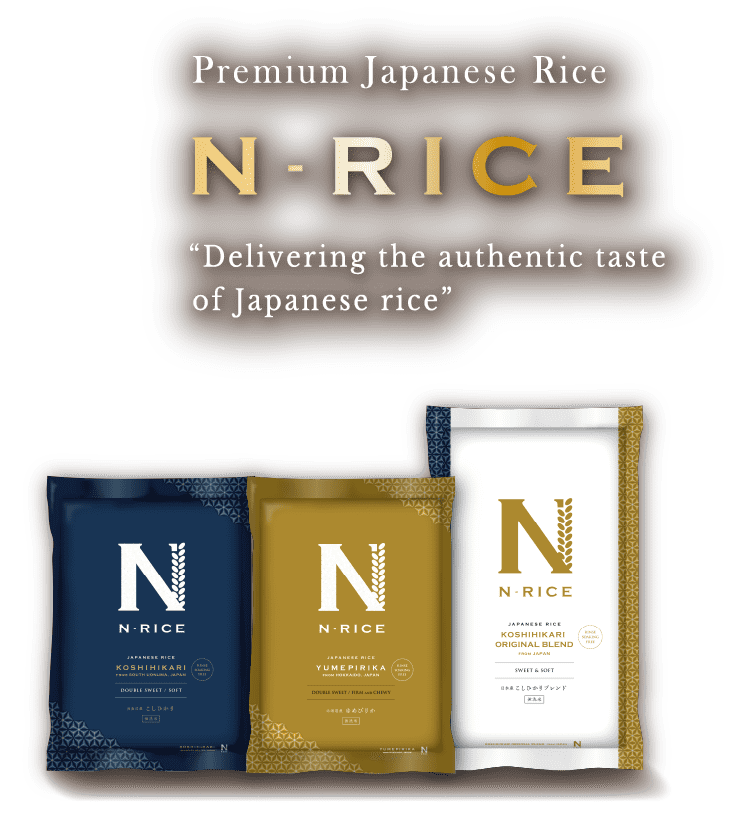

We are thrilled as Japanese cuisine gains
popularity worldwide. But on the other hand,
we’ve come to strongly feel that rice is not
appreciated well enough.
As a provider of rice, Noritake hopes to let
people know that there’s even better rice in Japan.
Our hope is to “deliver truly delicious Japanese
rice to the world.”
Thus, we launched a
luxury rice brand that offers only the most
delectable.
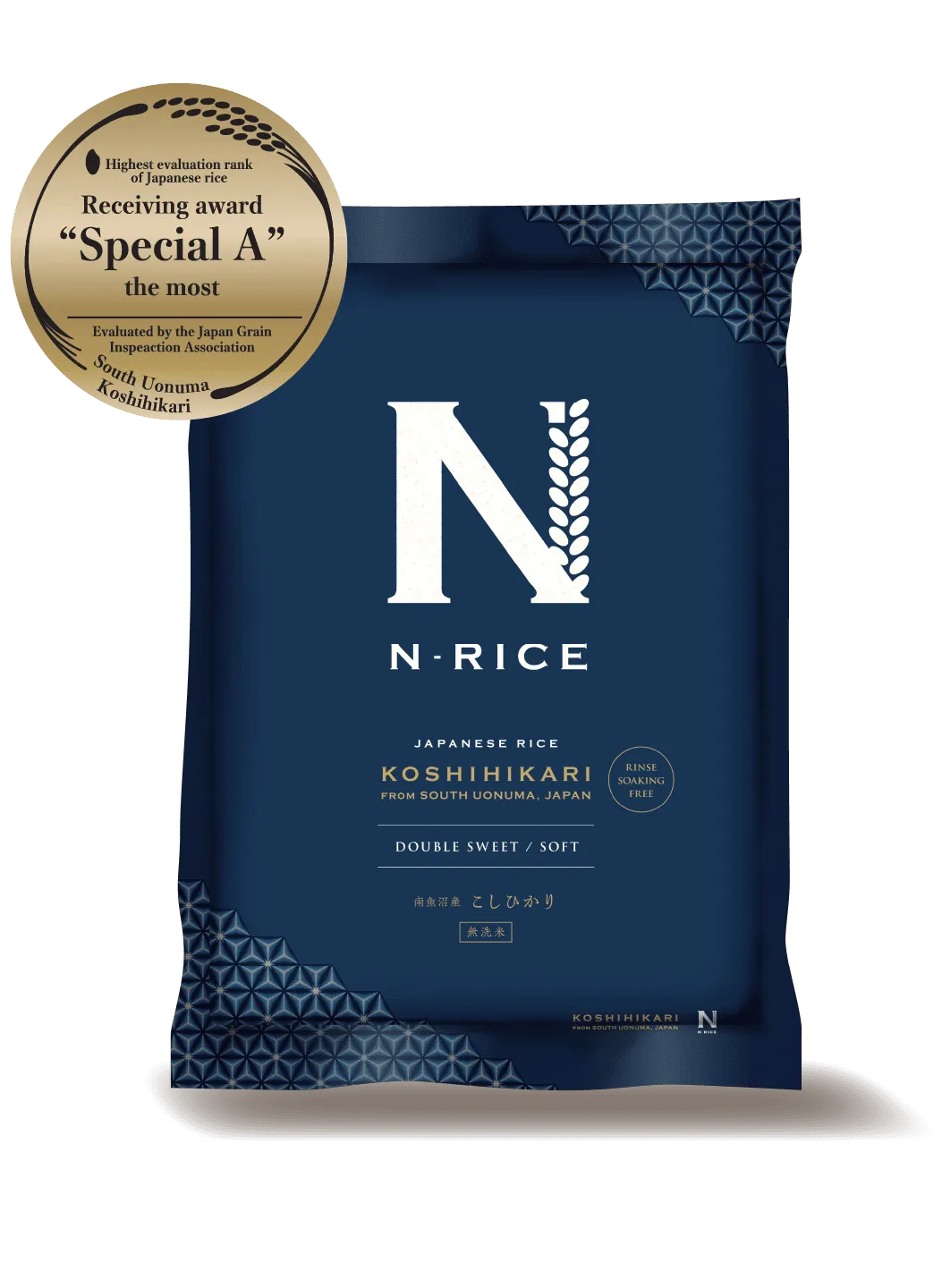
with the rating of”Special A”
Uonuma
Koshihikari?
particularly renowned for its exceptional taste.
In the ‘Rice Flavor Rankings’, it has won the title of ‘Special A’ a record-breaking 33 times, marking it as the pinnacle of Japanese rice. (Conducted by the Japan Grain Inspection Association)

0.3%
rare variety that is produced in only 0.3%
of rice fields in Japan.
South Uonuma
Koshihikari
regions: north, central, and south. Among these, South Uonuma Koshihikari is particularly renowned for its exceptional taste, representing the pinnacle of Koshihikari varieties. Moreover, South Uonuma Koshihikari is considered a rare and precious type of rice, as it can be produced in only 0.3% of the entire rice fields in Japan.

Why
can such delicious
Japanese rice be
produced in
South Uonuma (Shiozawa)?
possesses all the ideal natural
conditions for rice
cultivation.
Diurnal temperature variation
In the regions surrounded by the mountains and hills of Echigo, there’s a significant temperature difference between day and night. This fluctuation in temperature is the secret behind the deliciousness of the rice. Due to these temperature changes, the components that enhance the flavor of the rice are thoroughly absorbed, resulting in particularly high-quality rice.
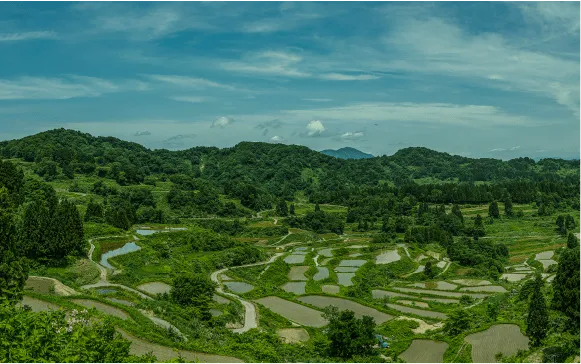
Fertile soil suited for
Koshihikari
The soil of Minami-Uonuma is particularly suited for Koshihikari rice, allowing it to grow well even without much use of chemical fertilizers. Thanks to this characteristic, the rice produced in this area has a delightful stickiness and taste.

Pure, mineral-rich
snowmelt water
Due to being one of the heaviest snowfall areas in the country, there is a continuous supply of abundant and clear “snowmelt water” all year around. The snowmelt water of Shiozawa is rich with plenty of nutrients from the mountains. It’s with this luxurious water that the rice grows well.

Served at
The Akasaka State
Guest House,
which hosts kings and presidents
from around the world

In addition to being offered to distinguished guests at the Akasaka
State Guest House,it has also been
offered to guests at “Toraya
Karyo”which has served the Imperial
Palace since the reign of Emperor Goyozei (1586-1611) for 395 years.

The rice has been chosen by those who are particular
about food ingredients.
South Uonuma
Koshihikari
Characterized by its sweetness
and softness
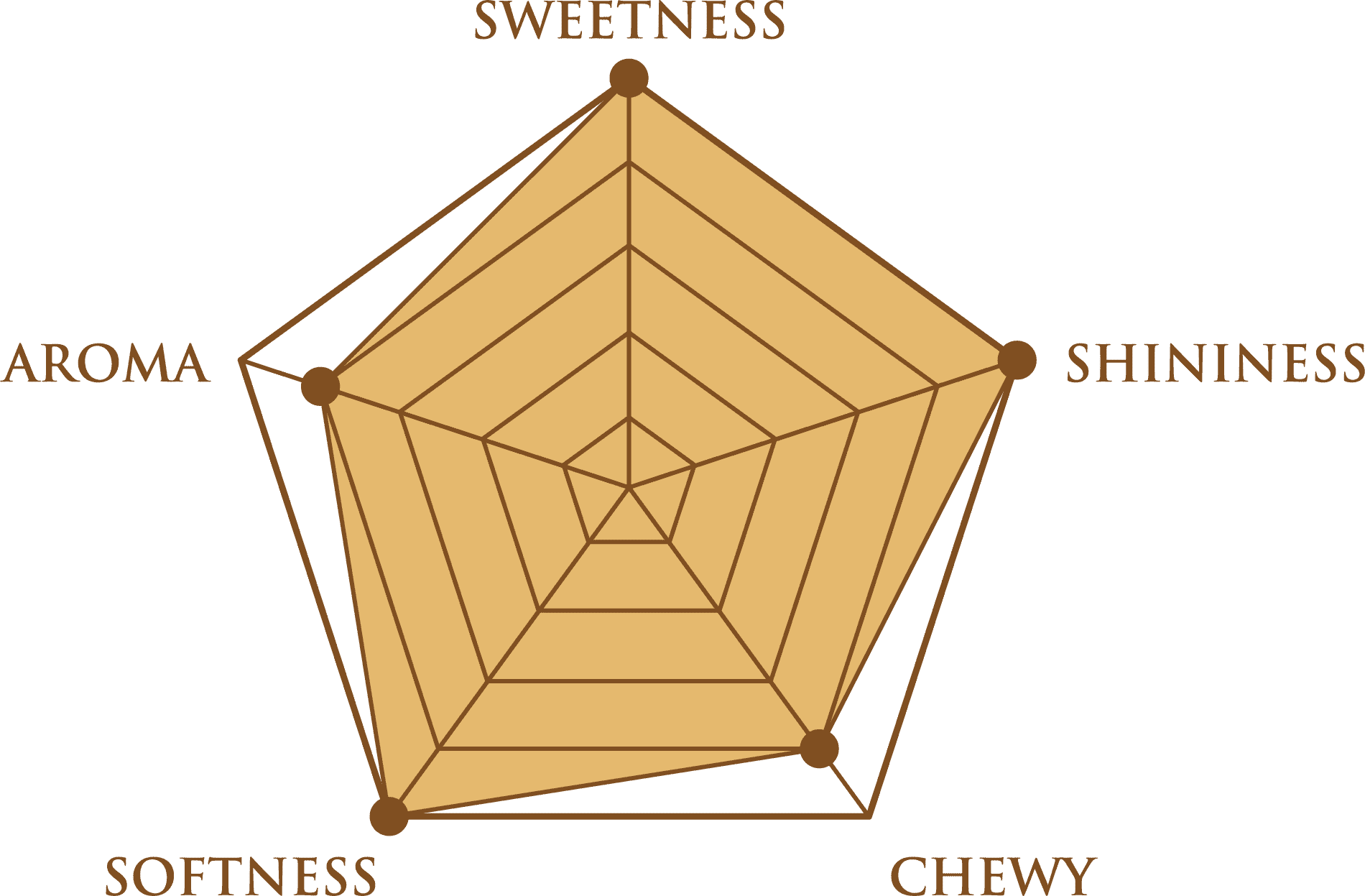
※ The table shows the results evaluated by our certified rice Meisters and those qualified to conduct rice taste tests. Actual impressions when tasted may vary by individual.
The rice itself is very sweet, and the more you chew,
the sweeter it tastes. It is
characterized by its fluffy
softness.
Because of its sweetness,
South Uonuma Koshihikari
is suitable as an accompaniment
to various dishes.
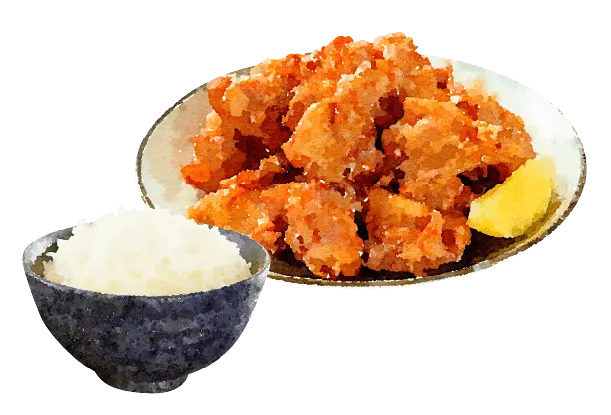
Karaage Chicken
Bowl
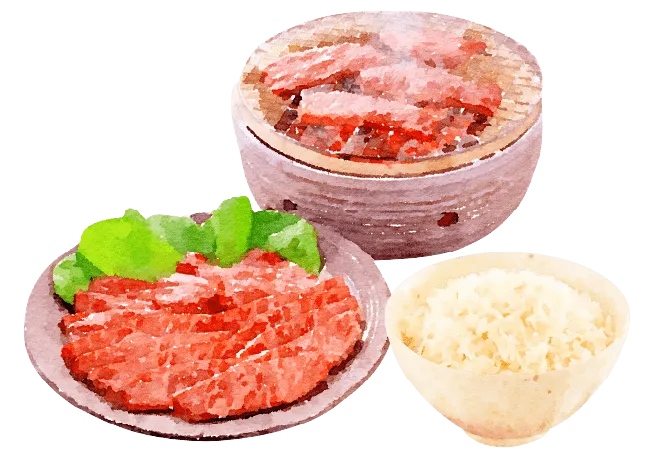
Yakiniku with rice
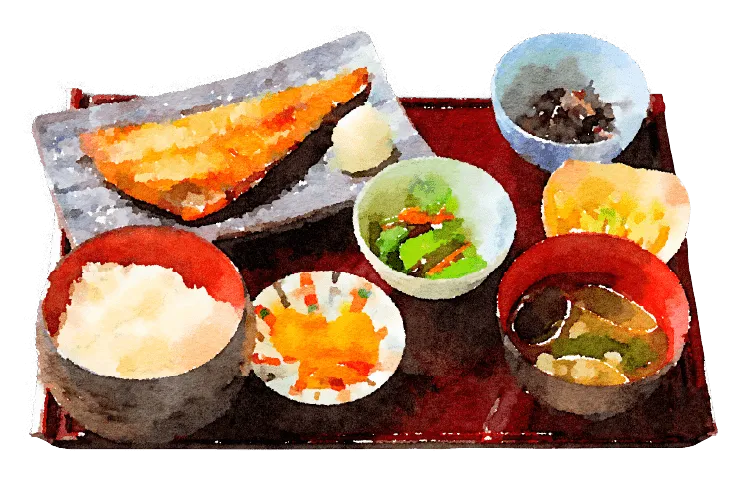
Set meal

HOKKAIDO
YUMEPIRIKA
the highest rating of
”Special A” as the ace of
the new generation.
YUMEPIRIKA?

13Year
rating
of “Special A”
for 13
consecutive
years since its debut.
has achieved the “Special A” rating for 13
consecutive years since its debut.
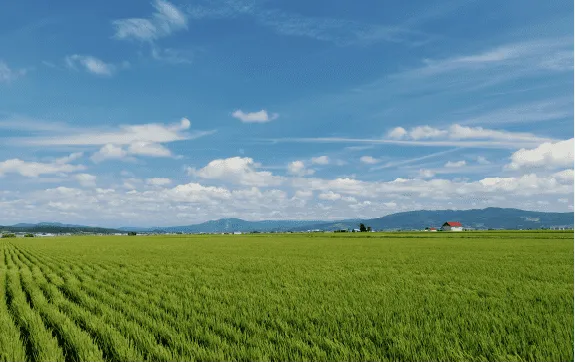
Why
does Yumepirika receive
such a reputation for
being delicious?
Because of its low
percentage
of amylose
and protein
The quality of rice taste is determined by the content of amylose and protein. Rice with a lower amount of amylose tends to be stickier, while rice with less protein results in a softer texture when cooked. As for “Yumepirika”, researchers, through over a decade of their research, found the right balance of these components and successfully developed a high-quality rice. This rice, with its stickiness, softness, and sweetness, made its debut in the market as a new variety from Hokkaido.

Yumepirika’s rich sweet component
Upon analyzing the sugar content, which influences the sweetness of rice, it was confirmed in taste sensory tests that “Yumepirika” possesses the highest level of sweetness. This high sugar content is considered one of the factors contributing to the superior taste of “Yumepirika.”
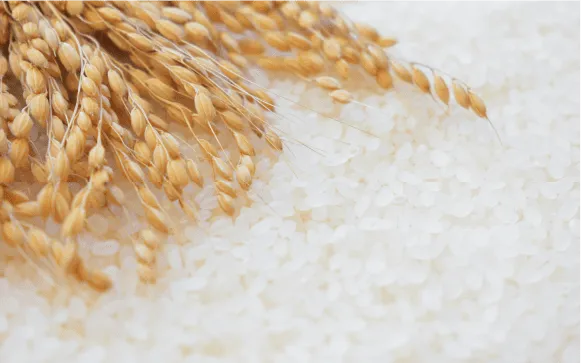
Strict quality standards
Producers have set strict quality standards, and a rule restricts rice to be named “Yumepirika” unless they meet the criteria. This ensures consistent quality and flavor.
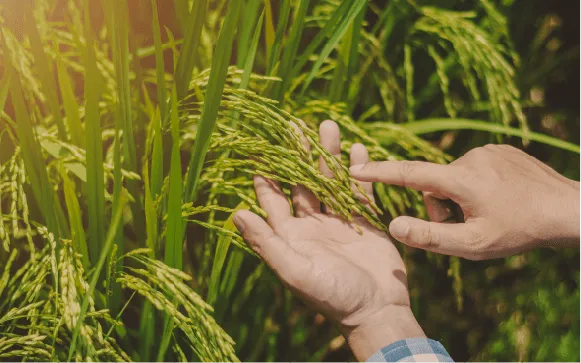
Served in
ANA International
Flights’
First Class

Due to its strict quality standards and highly praised taste, Yumepirika is served in the First Class and Business Class of ANA (All Nippon Airways Co.,

It is also used in “Izumibashi” a long-established traditional Japanese restaurant in Gion, Kyoto, with over 200 years of history.
Yumepirika
Characterized by its chewy texture
and sparkling luster
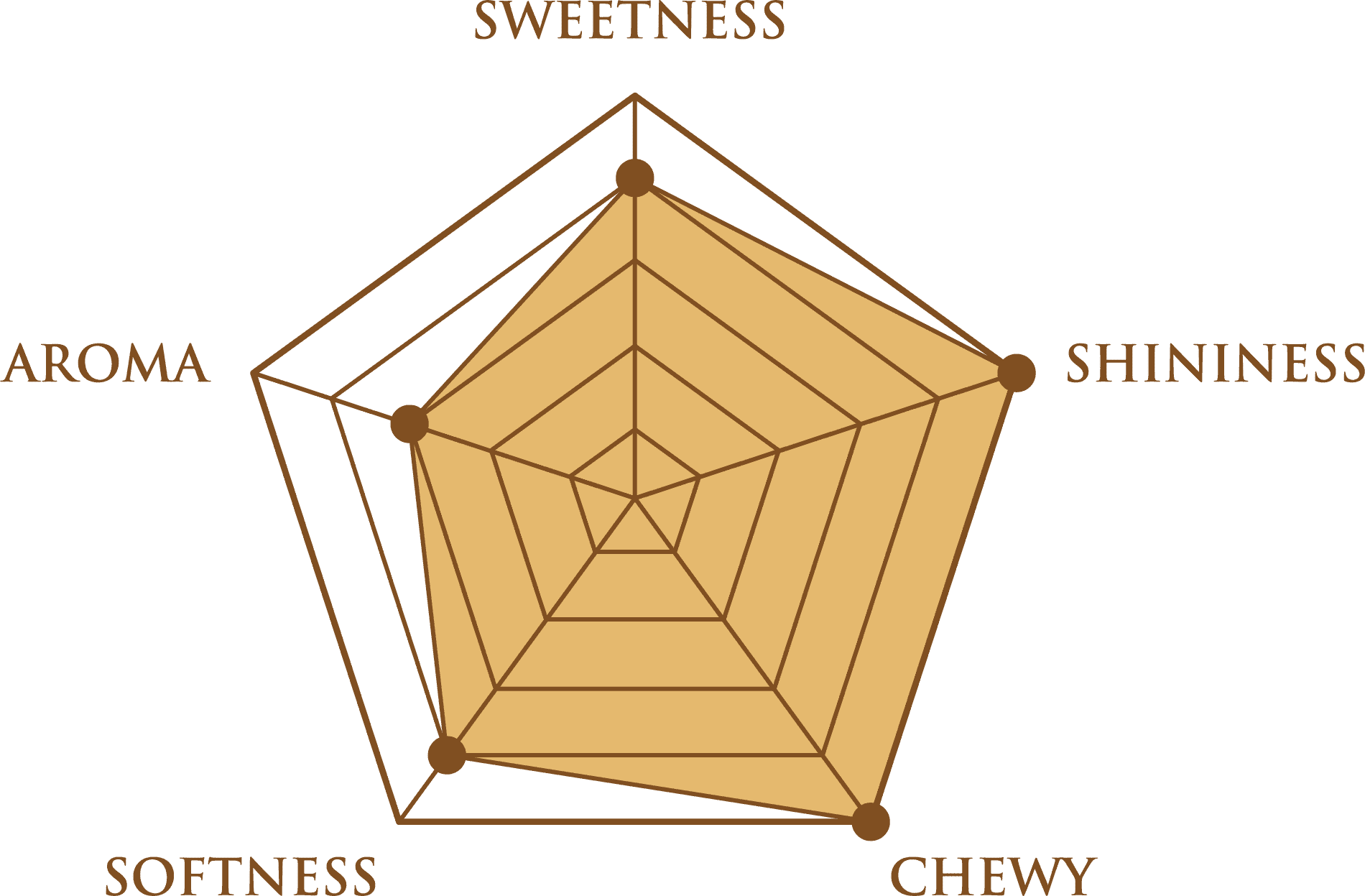
Yumepirika is a type of Japanese rice known for its strong stickiness and chewy texture. Its glossy and sparkling appearance is also one of the reasons for its popularity.
Because Yumepirika has low amylose content, it remains chewy and moist even when it cools down. Therefore, it is suitable for meals that are not immediately eaten after cooked, such as

Delivery dishes,

Packed lunches
(Bento)

Rice balls (Onigiri)
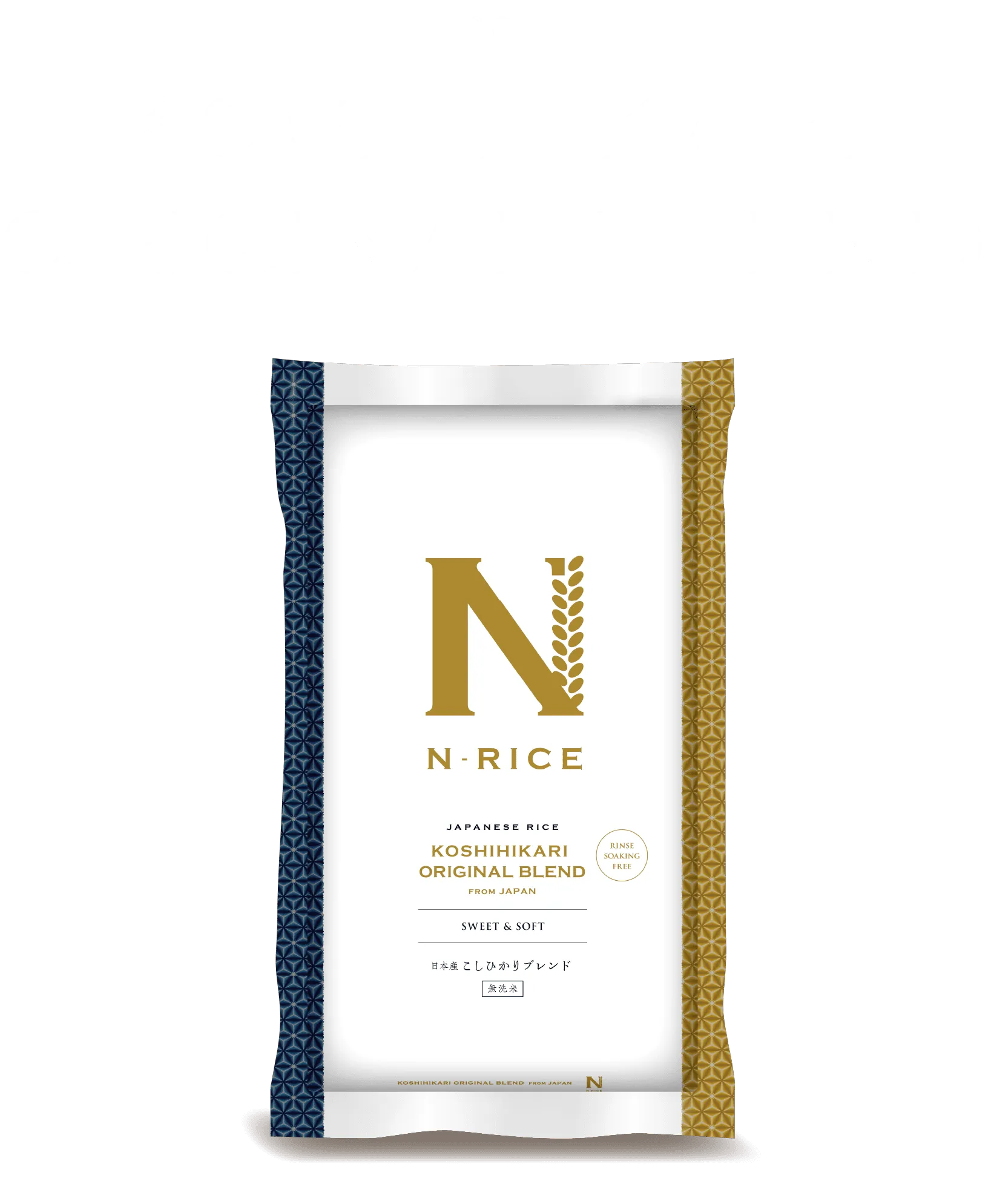

Crafted by
5-star Maestros
Koshihikari is a popular brand of rice that covers
1/3 of the cultivation area in Japan. It has been top-
rated in terms of popularity, taste, and production
volume for many years, earning it the nickname
“King of Rice.”
The globally recognized
taste of Koshihikari
is recognized globally.

it won a gold prize at the
“Monte-Carlo Gastronomy
International Award” held in
Monaco,

Moreover, in 2010,
Koshihikari from Niigata
Prefecture was crowned
number one at the “2nd
International Rice Convention”
held in California.
highest quality rice among many other rice
varieties from around the world.

Koshihikari, now more
accessible! Delivered at an
affordable price

While Japanese Koshihikari is delicious, its high price makes it inaccessible for daily consumption. With our desire to “make Japanese rice more accessible to everyone,” we are now offering it at an affordable price, about 40% less than Yumepirika and Minami-Uonuma Koshihikari.
Originally blended by
5-star Meister
to complement various dishes
Different rice varieties have distinct characteristics like “sweetness,” “stickiness,” and “aroma.” Some might not go well with certain dishes. To ensure deliciousness and versatility across dishes, a 5-star Meister has crafted an original blend.
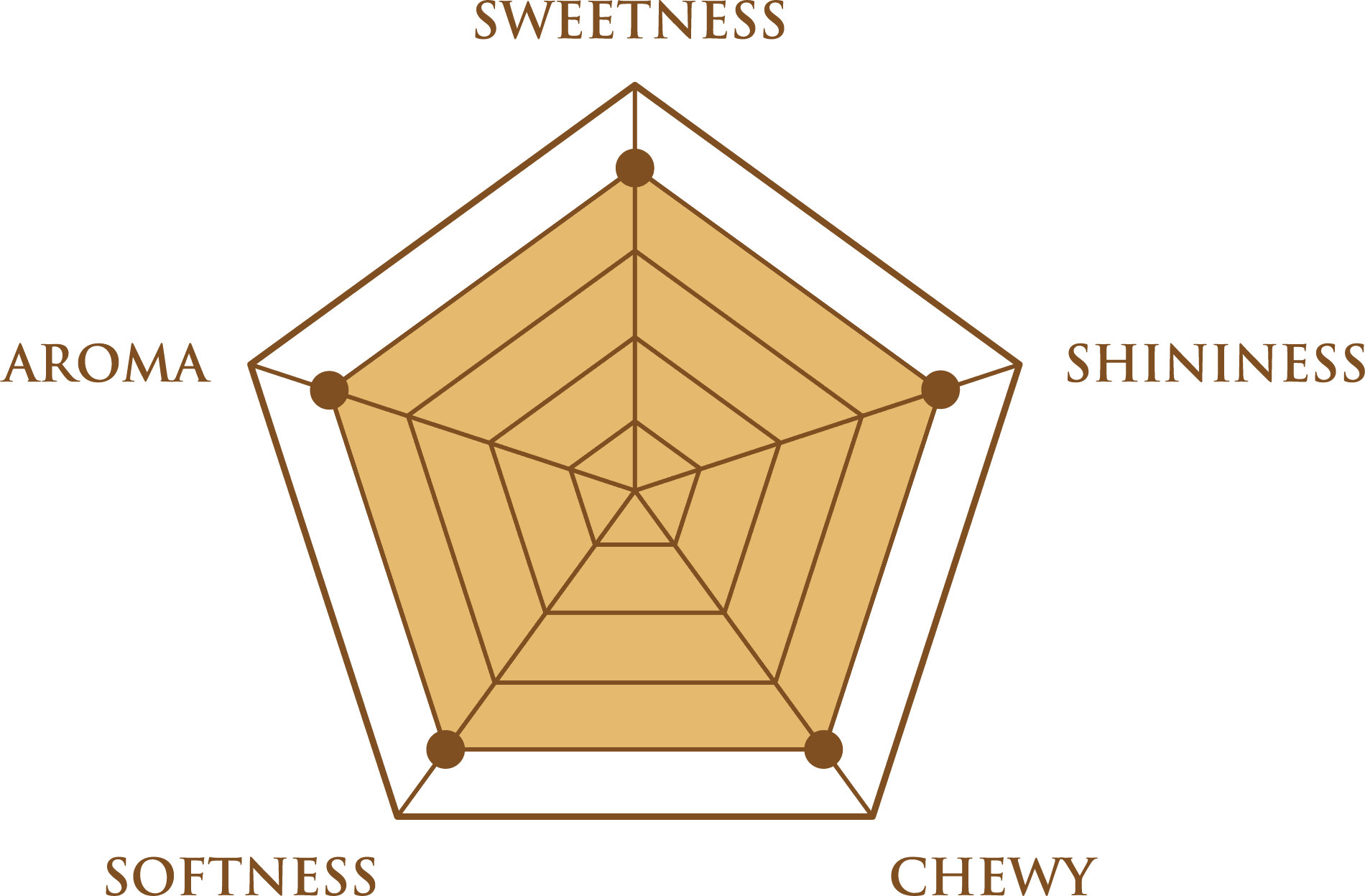
※ The table shows the results evaluated by our certified rice Meisters and those qualified to conduct rice taste tests. Actual impressions when tasted may vary by individual.
The Koshihikari Original Blend
is recommended for
those who:

Want to use itfor various dishes

Seek affordable yetdeliciousJapanese rice
RECOMMAND




